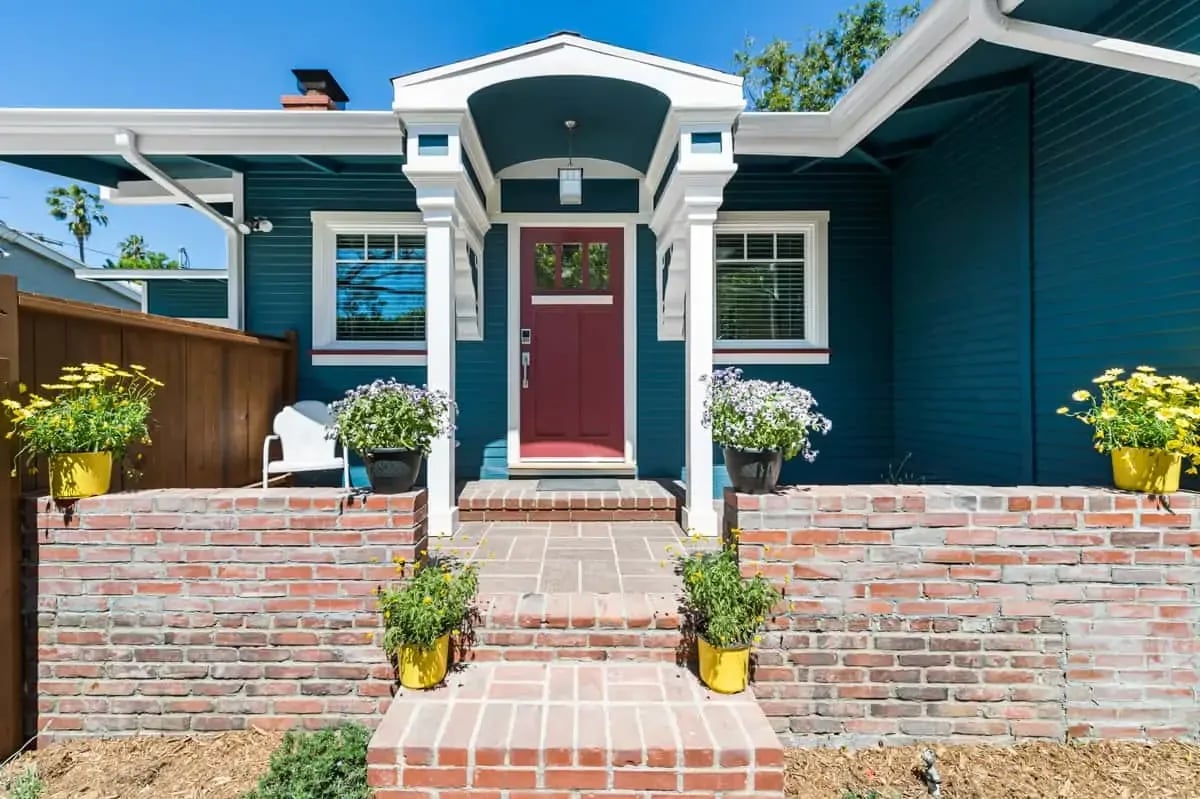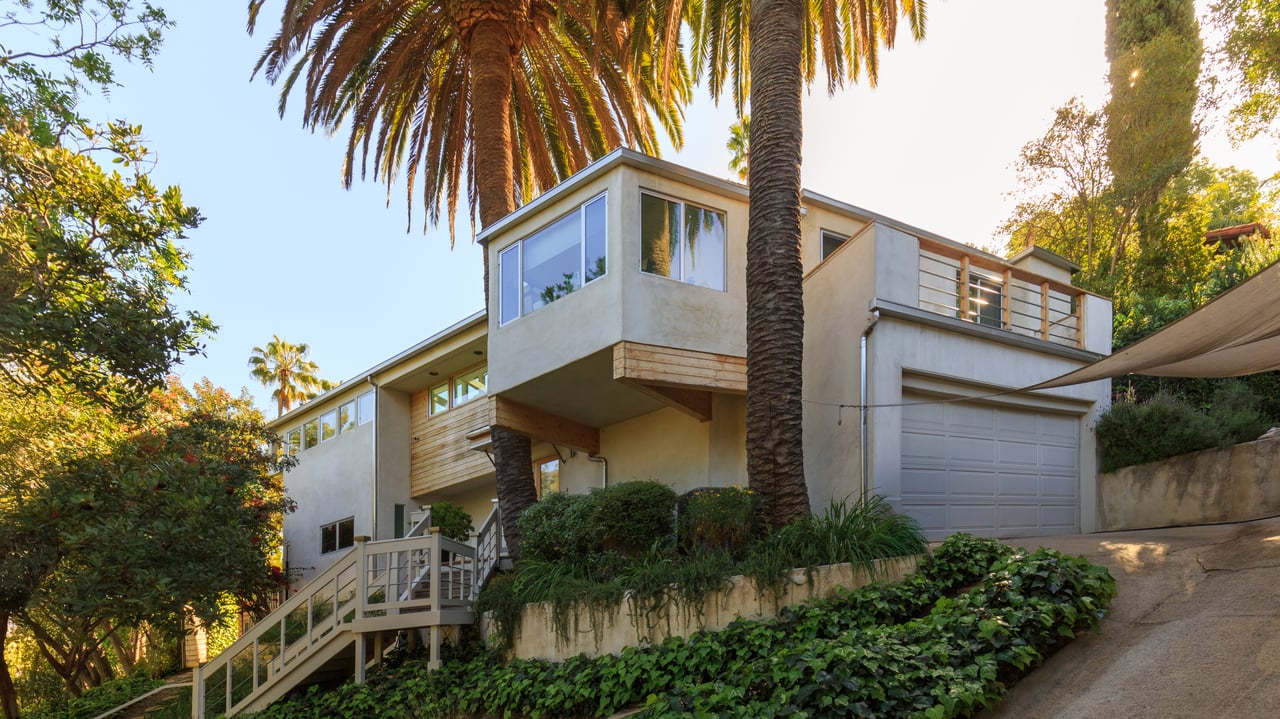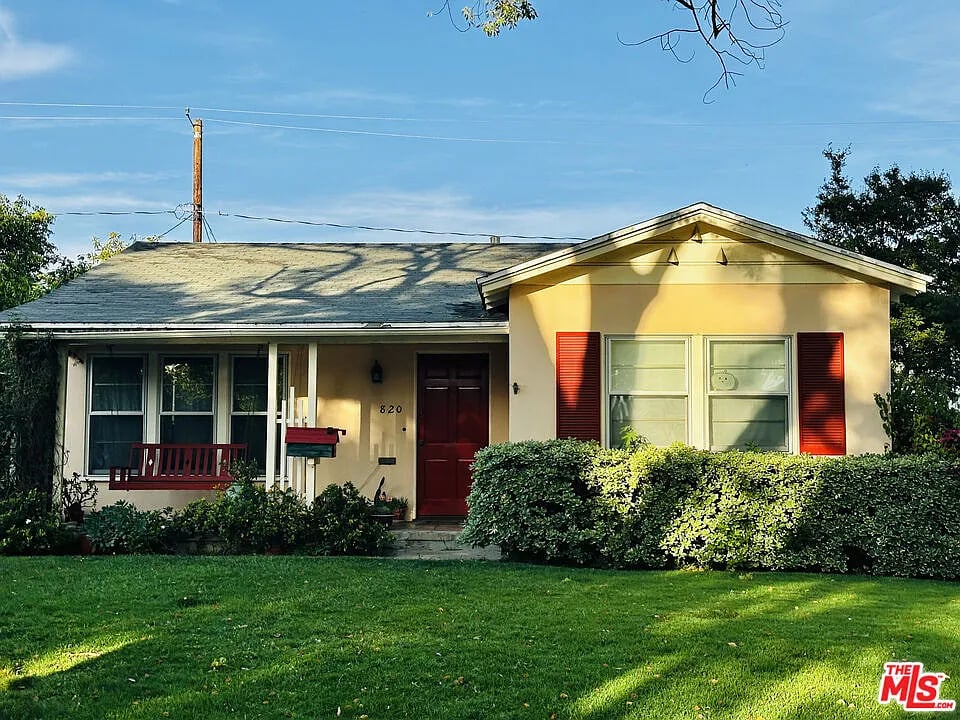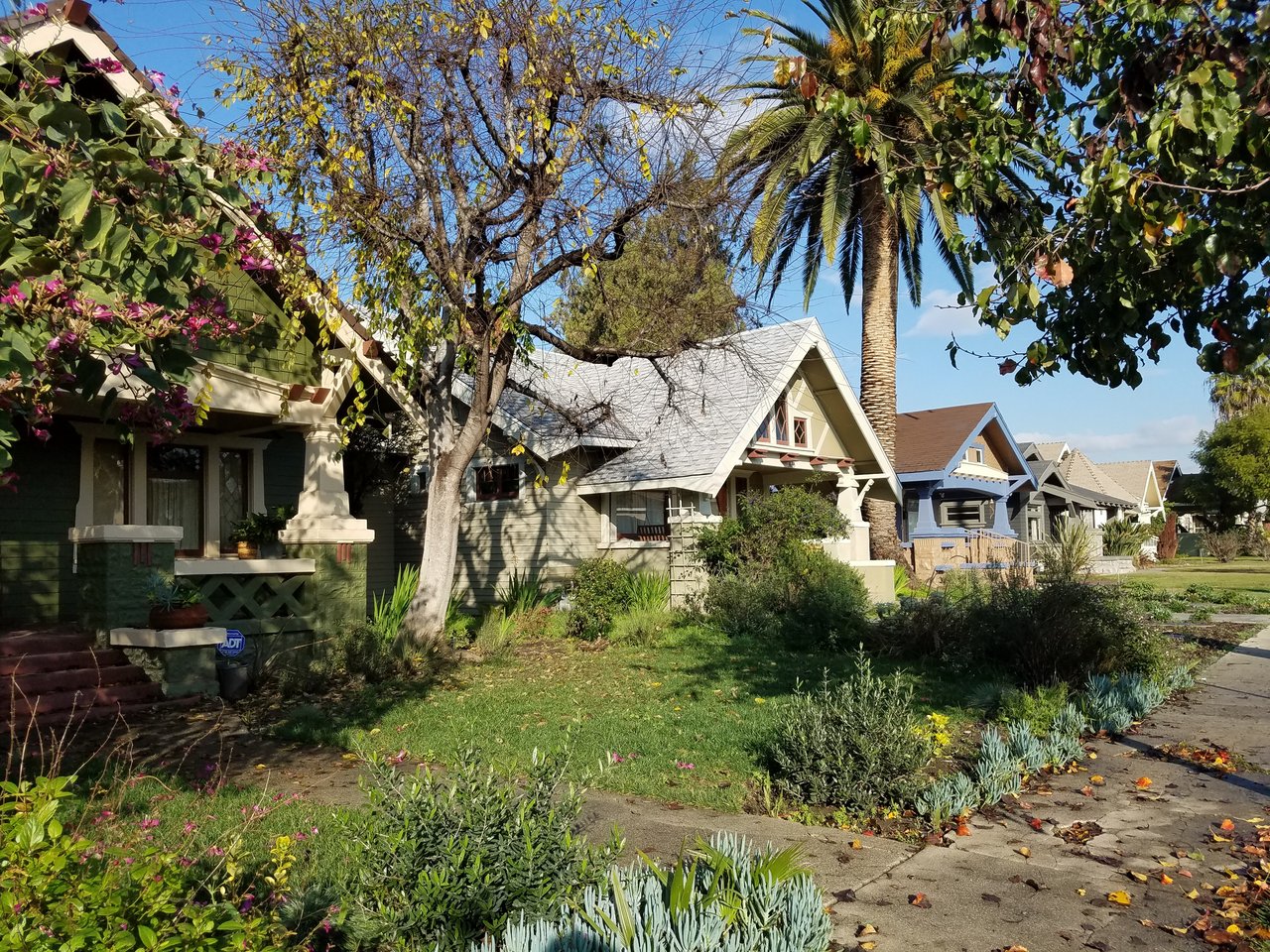Our resident renovation and design expert and realtor Steven Lopez just completed a renovation on a lovely California bungalow in West Hollywood. He was kind enough to share the process with us:
Whenever you reach the end of a project, there are always tons of mixed emotions. Was it fast and dirty? Big budget? Beset by permitting and inspection issues? Were the measurements for the finish materials, calculated correcting for cutting & waste? You always go into the project with the best of all intentions and try your best to look far-ahead enough, to avoid the traps and disagreeable City Inspectors.
I’ve worked on too many projects to remember them all. I’ve worked in some form of Design & Construction since…2005? That’s a whole heck of a lot of drawings and permits, paint draw-downs and tile. Much of that was in Commercial and Retail Real Estate. But I’m adding this project to the list I’ll for certain always keep with me, as Designer & Project Manager. This particular project is my 3rd renovation in Los Angeles. As of now, this project has the highest resale/reappraisal list price, of my work in LA residential real estate. And for that – I’m incredibly happy to be sharing this with all of you.
Before we dive into the rest of the house, let’s start by stating:
The house dates back to 1920, and was a small and awkward thing at just 2/1 and only 1022 sqft. We reconfigured the entire back side of the house, adding a proper master suite and enlarged the open plan area. Its now a 2/2 with nearly 300 sqft. added.
We turned this corner lot house, into an attention grabber!

The kitchen was always a semi-open concept. Even if the decades hadn’t been kind to the interiors. In fact, every decade left something of a memento behind, for the urban archaeologist in all of us to discover years and years later.
The house has a very interesting claim to fame; something a lot of pop-culture fans would greatly appreciate. At the start of the 1960s, this house once belonged to a very young, and semi-unknown, Mary Tyler Moore. It was likely the first residence she had, under her first contract with one of the local movie studios.
Dinner with friends & family

Here the back wall is visible. The plans included demolishing that entire wall, installing a structural beam as a soffit, and then extending the back wall roughly 11″ past existing. Apart from the added square footage – all the uneven jogs at the rear were straightened.
Still working with very finite space – the open plan was maximized, by removing an archway that separated living from dining. It also made the ceiling height feel lower than it actually was. There was a small partition wall return, that had been attached to a load-bearing wall as well. Structural calcs were ordered – and all new load bearing beams were ordered for the project.
Verify in the field
Regardless of the age of the house or the complexity of the scope of work, “VIF” is mandatory on all project. Being on-site on a regular basis, ensures your GC is being productive and time-effective. It also allows you the opportunity to make sure measurements are accurate. Those measurements are paramount when ordering correct amounts of finish materials. Joints, transitions, corner guards, schluter strips, gallons of paint, fabrics and more – all rely on accurate “VIF” numbers.

Respectful choices
Although this particular property isn’t located within an HPOZ? It’s really close to one. It was decided that the new exterior color should not stray too far from the era. A Colonial Blue hue was selected. Maximizing the small corner lot in all directions possible; the front porch was stripped of its overgrown and unwieldy shrubs. Now we have the opportunity to have a morning coffee out front.




